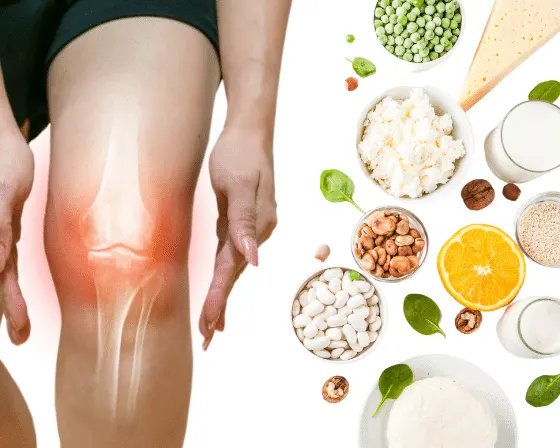It’s easy to take our bones for granted. After all, they do all their work behind the scenes. But when a bone breaks, it’s a big deal. Bones take time to heal, even for kids.
Having strong bones in childhood is a good start for bone health throughout life. We build almost all our bone density when we’re children and teens. People are mostly finished building bone around age 20. As adults, we still replace old bone with new bone, but more slowly. As older adults, our bones get weaker over time.
Kids with strong bones have a better chance of avoiding bone weakness later in life. Parents can help by making sure kids get the 3 key ingredients for healthy bones: calcium, vitamin D, and exercise.
Calcium is a mineral that’s known for building healthy bones. It’s found in dairy products, beans, some nuts and seeds, and leafy green vegetables. It’s also often added to foods like orange juice or cereal. Encourage your kids to eat high-calcium foods:If your child eats dairy, your doctor or dietitian can tell you how much to serve based on age. Younger kids may need 2–3 servings of low-fat dairy each day, while older kids may need 4 servings. Look to replace common foods with high-calcium versions. Buy almond butter instead of peanut butter or calcium-fortified orange juice instead of regular juice. Vitamin D (sometimes labeled vitamin D3) helps the body absorb calcium. But most kids don’t eat many foods that contain vitamin D. Because vitamin D is so important, health care providers recommend all kids take a vitamin D supplement if they don’t get enough in their diet. Even babies need to take vitamin D unless they’re drinking at least 32 ounces of formula per day.
Ask your doctor, nurse practitioner, physician assistant, or a dietitian how much vitamin D your child needs and the best way to get it.
Protect your child’s skin with sunscreen, clothing, and shade. Besides foods and supplements, people get vitamin D from sun exposure. But too much sun exposure raises kids’ risk for skin cancer later in life. So protect skin to prevent skin cancer and early aging.
Our muscles get stronger the more we use them. The same is true for bones. Activities like walking, running, jumping, and climbing are especially good for building bone. They are called weight-bearing activities because they use the force of our muscles and gravity to put pressure on our bones.










